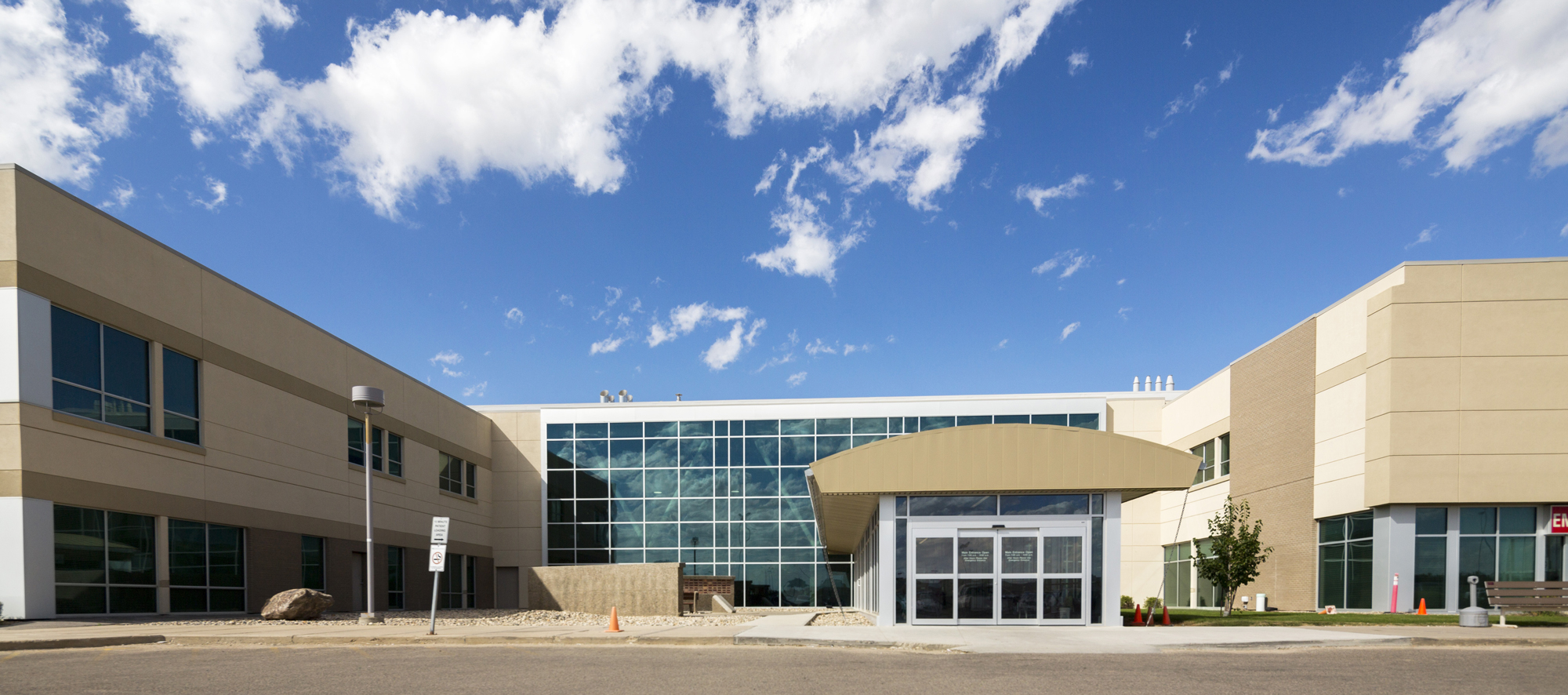The unanticipated COVID-19 pandemic has affected New York’s commercial real estate market in many ways, and some which have yet to unfold. The demand for business space has been impacted by social distancing, shutdowns, quarantines, layoffs and remote work. Aside from shifting business needs, other consequences of the pandemic may also play a role in the commercial real estate market, including the rising cost of building materials and gas for transportation. As a result, there has been a great deal of uncertainty among investors in the NY commercial real estate market.
Industrial Growth
A recent article by Rochester’s Democrat & Chronicle stated that although uncertainty resides over interest rates and the price of building materials, the pandemic hasn’t affected all commercial real estate the same. According to Deloitte’s 2021 Commercial Real Estate Outlook, industrial real estate, which includes health care, data centers and cell towers, has been positively impacted by the pandemic. Expectedly, offices, hotels and retail have been negatively impacted.
The Democrat & Chronicle article revealed that those findings compare to the trends the real estate industry is finding on a more localized scale. Warehouse space is “in massive demand,” while office and retail is still adjusting. He credits the endurance of retail-centered industrial space throughout the pandemic to technology, ecommerce and improved delivery logistics. Industrial facilities also had less of an adjustment period, when compared to customer-facing retail and office spaces severely affected by the pandemic.
Increase in Office Space Availability
As some office-based businesses embrace remote work long term or hybrid work models, the share of New York’s office space available for lease has skyrocketed. In Manhattan alone, available office inventory totaled 79.7 million square feet in the first quarter of 2021, compared with 52.1 million in the first quarter of 2020. Only time will tell whether the state’s office real estate market sees recovery as vaccination efforts progress and employees can safely return to the office setting.

